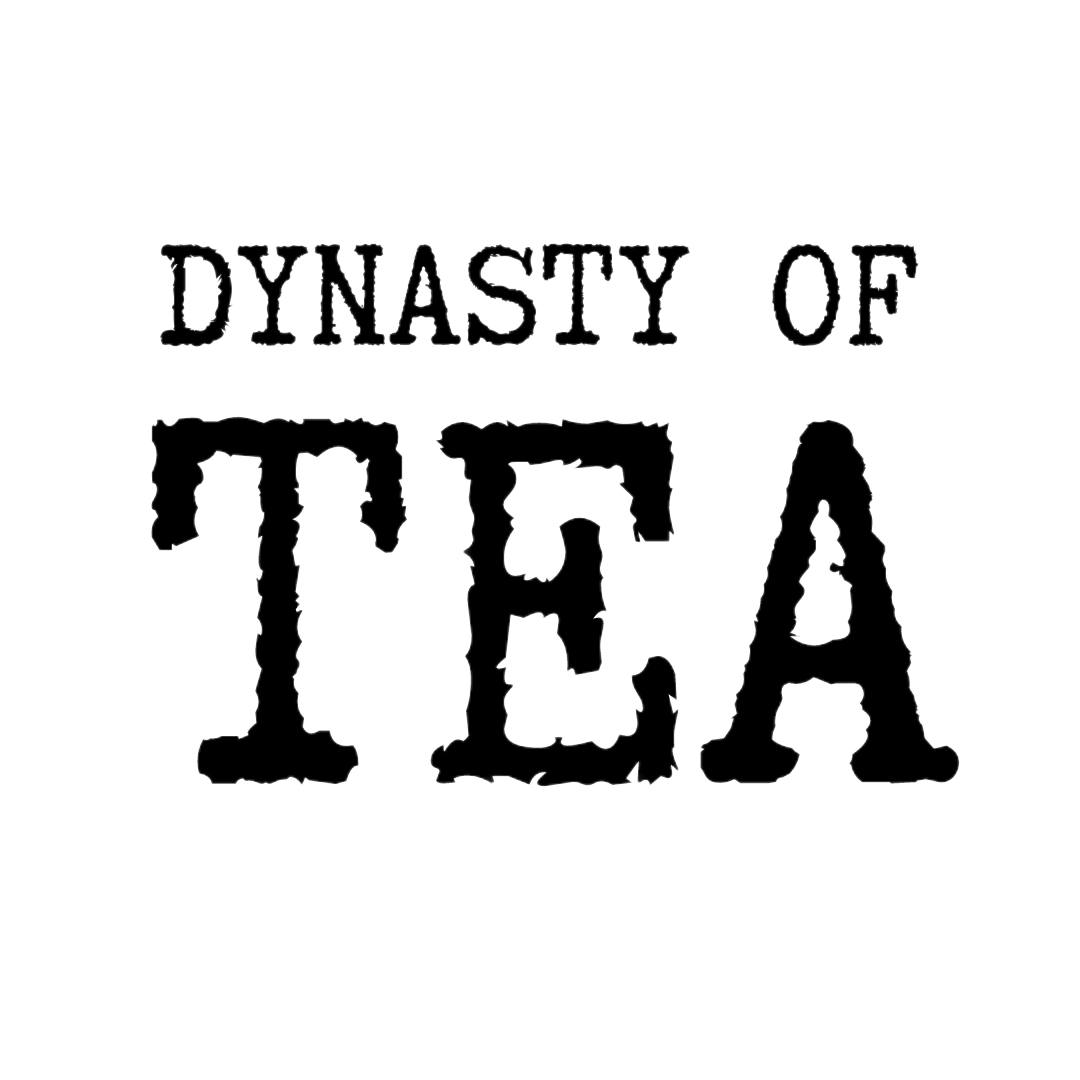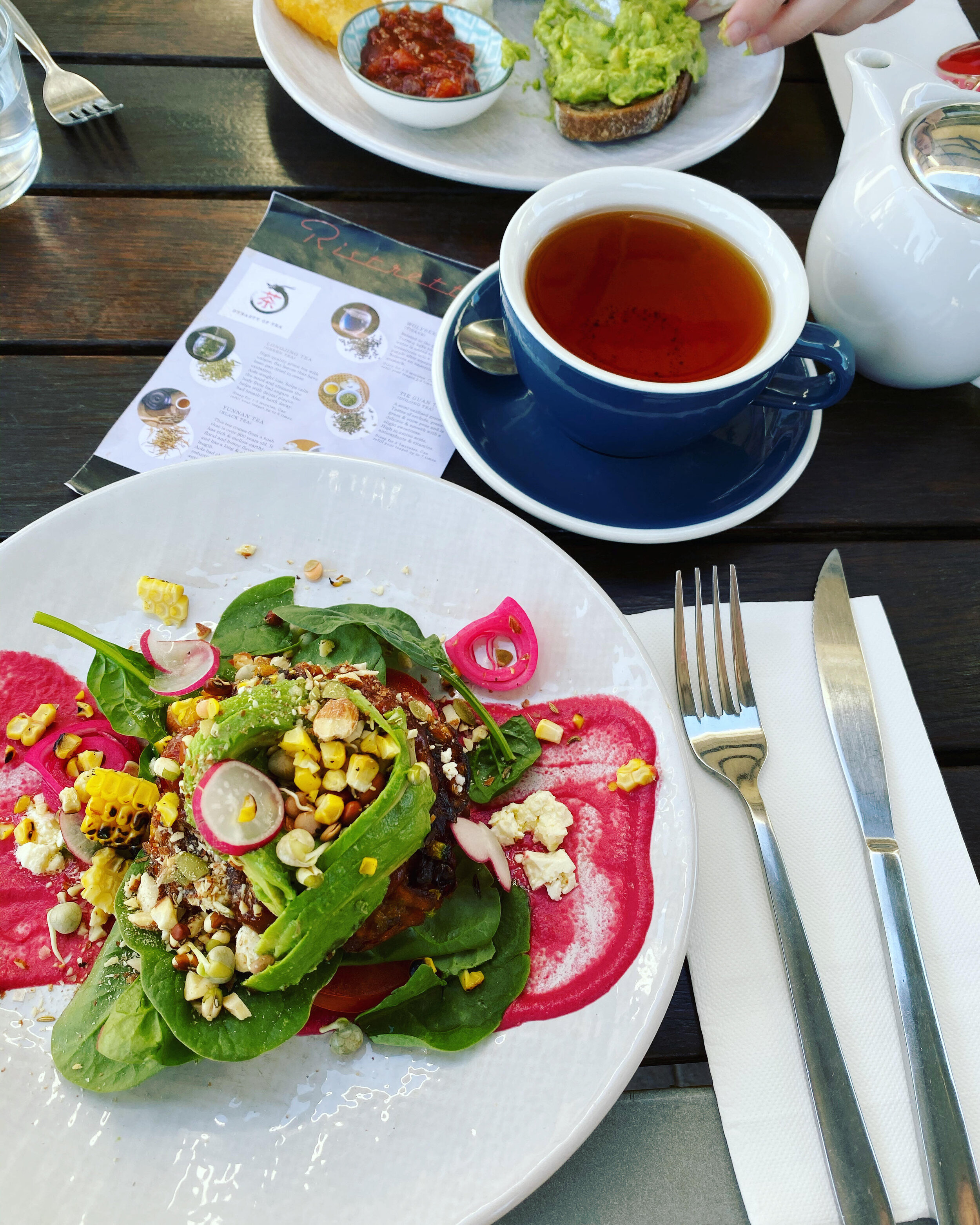The Ultimate Tea & Food Pairing Guide
For years you may have sipped on the iconic supermarket tea bag with two sugars and milk while eating your breakfast or a monte carlo biscuit, but what if I told you that your tea and food experience could be a thousand times more amazing if you paired the right tea with the right meal?
Just like certain wines pair perfectly with certain foods, tea is exactly the same. With their different flavour profiles, this makes for some delicious pairings that will enhance your culinary experience. You can see on the Australian Tea Masters chart below just how diverse each tea type can taste.
But how do you know which tea pairs with what food? Luckily for you, we have come up with a comprehensive guide below, sorted by both tea and food varieties.
BY TEA TYPE
Black Tea:
Earthy: perfect for a Sunday roast with vegetables and mash potato. Does not go well with dessert.
Smokey: Mexican dishes, dark/blackened meats and chocolate. Tastes amazing with any dish with strong flavours.
Fruity: counterbalances sweet desserts. Pair with fresh fruit or drink on its own for a refreshing drink at the end of a long day.
Green Tea:
Vegetal: perfect with soft cheese & seafood
Grassy: complements Asian cuisine perfectly
Smokey: pizza, bbq meats and roasted potato and root vegetables
Gunpowder: pairs nicely with bbq meats, mint, basil & lemon
Fruity: perfect with sandwiches & fresh fruit
White Tea:
Complements light sweets and cakes, but is best consumed on its own to appreciate its flavour. Anything too rich will overpower the white tea and will cancel out its flavour.
Oolong Tea:
Light: pairs perfectly with salty foods and lighter white meats such as pork, chicken fish, crab & scallops. Complements Asian cuisine and helps to cleanse the palate after a spicy meal. As for sweets, try a lighter oolong with caramel desserts.
Dark: complements darker meats such as duck, salmon and smoked meats. Works well with sweets, especially maple syrup
Pu-erh:
Pue-rh’s rich, earthy flavour makes it best paired with any greasy/oily meal that needs to be counterbalanced.
Floral Tea, Fruit Tea, Tisanes:
Dependent on the spices, herbs and flowers used to flavour these teas. This will be up to yours or the manufacturer’s discretion. Usually perfect with any dessert or sweet.
Chai:
Perfect with meats & pastries.
BY FOOD TYPE
Asian Cuisine: Tie Guan Yin (light oolong)
BBQ meats: Zheng Shan (smokey black tea), Charcoal-Fired Oolong
Cakes: Yingde (black tea), Jin Jun Mei (sweet black tea)
Caramel: Yunnan (black tea)
Cheese (soft): Longjing (vegetal green tea)
Cheese (sharp): Zheng Shan (smokey black tea), Charcoal-Fired Oolong
Chocolate: Tie Guan Yin (light oolong) for milk & white chocolate, Charcoal-Fired Oolong (dark oolong) for dark chocolate
Citrus: Hibiscus Tisane
Dark meat: Zheng Shan (smokey black tea), Charcoal-Fired Oolong, Pu-erh
Dessert replacement: Fruit Delight
Digestif: Peppermint, Tie Guan Yin (light oolong), Black Wolfberry, Pu-erh
Fresh fruit: Jasmine Green Tea, Jin Jun Mei (sweet black tea), Fruit Delight
Green Curry: Tie Guan Yin (light oolong), Longjing (green tea)
Mexican: Zheng Shan (smokey black tea), Charcoal-Fired Oolong (dark oolong)
White Meat: Longjing (vegetal green tea), Tie Guan Yin (light oolong)
Salads: Longjing (green tea), Tie Guan Yin (light oolong)
Sandwiches: Fruit Delight, Jasmine Green Tea, Jin Jun Mei (sweet black tea)
Smokey foods: Charcoal-Fired Ooolong (dark oolong)
Spicy foods: Tie Guan Yin (light oolong)
Sushi: Longjing (green tea), Tie Guan Yin (light oolong)
Vegetable-based dishes: Tie Guan Yin (light oolong), Longjing (green tea)
If you enjoyed reading this blog, also try:
Tea & Food Pairings: Breakfast Edition
If there is a specific tea or tisane this guide did not cover, comment the name of the tea below or send us an email at dynastyoftea@gmail.com and we will get back to you as soon as possible.
SIGN UP NOW & RECEIVE 10% OFF
READ OTHER BLOG POSTS LIKE THIS
-
Know Your Tea Types
- Jun 21, 2022 What is Pine Needle Herbal Tea? Jun 21, 2022
- Apr 7, 2020 What is Black Wolfberry? Apr 7, 2020
- Mar 11, 2020 What is Zheng Shan (Lapsang Souchong)? Mar 11, 2020
- Feb 26, 2020 What is Hibiscus Herbal Tea? Feb 26, 2020
- Sep 12, 2019 What is Tie Guan Yin? Sep 12, 2019
-
Tea Education
- Aug 22, 2024 Rebalance with our Menopause Sux Tea | Wellness Blend Aug 22, 2024
- Aug 10, 2024 What's The Difference Between Our Chai Teas? Aug 10, 2024
- Jun 28, 2022 5 Teas for Soothing Sore Throats & Coughs | Cold & Flu Teas Jun 28, 2022
- Jun 27, 2022 6 Wonderful Things You Can Do With Black Wolfberry Jun 27, 2022
- Mar 3, 2022 6 Healthy Herbal Teas To Relieve Common Pains Mar 3, 2022
- Feb 10, 2022 7 Cool Things You Can Do With Hibiscus Flowers Feb 10, 2022
- Aug 17, 2021 How Long To Steep Tea and Why: A Guide Aug 17, 2021
- Mar 24, 2020 Stress Relief: The 7 Best Teas for Stress & Relaxation Mar 24, 2020
- Mar 4, 2020 8 Awesome Things You Can Do with Butterfly Pea Flower Mar 4, 2020
- Feb 5, 2020 The Ultimate Tea & Food Pairing Guide Feb 5, 2020
- Dec 21, 2019 Microplastics in Tea Bags: Why our Tea Bags are Better Dec 21, 2019
- Sep 26, 2019 Breakfast Tea Guide: What Tea Should I Have With Breakfast? Sep 26, 2019
- Sep 2, 2019 Tea vs Tisane Sep 2, 2019
- Aug 28, 2019 How is Black Tea Made? Aug 28, 2019
-
Tea Recipes
- Aug 6, 2024 Earl Grey & Edible Flower Shortbread Cookie Recipe Aug 6, 2024
- Jul 11, 2022 Pumpkin Soup Recipe: Easy & Simple Jul 11, 2022
- Jun 27, 2022 6 Wonderful Things You Can Do With Black Wolfberry Jun 27, 2022
- Feb 10, 2022 7 Cool Things You Can Do With Hibiscus Flowers Feb 10, 2022
- Mar 4, 2020 8 Awesome Things You Can Do with Butterfly Pea Flower Mar 4, 2020
- Mar 4, 2020 Hibiscus Sangria: Alcoholic & Non-Alcoholic Mar 4, 2020




